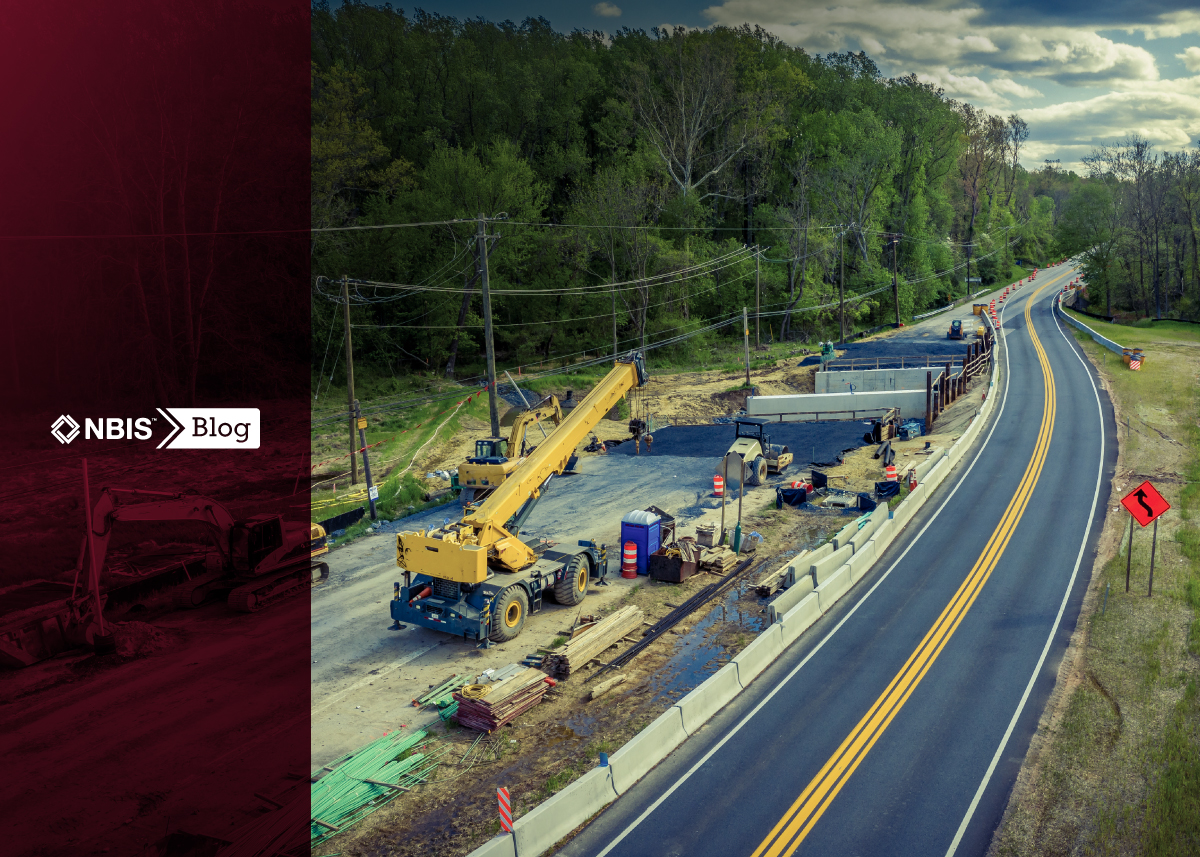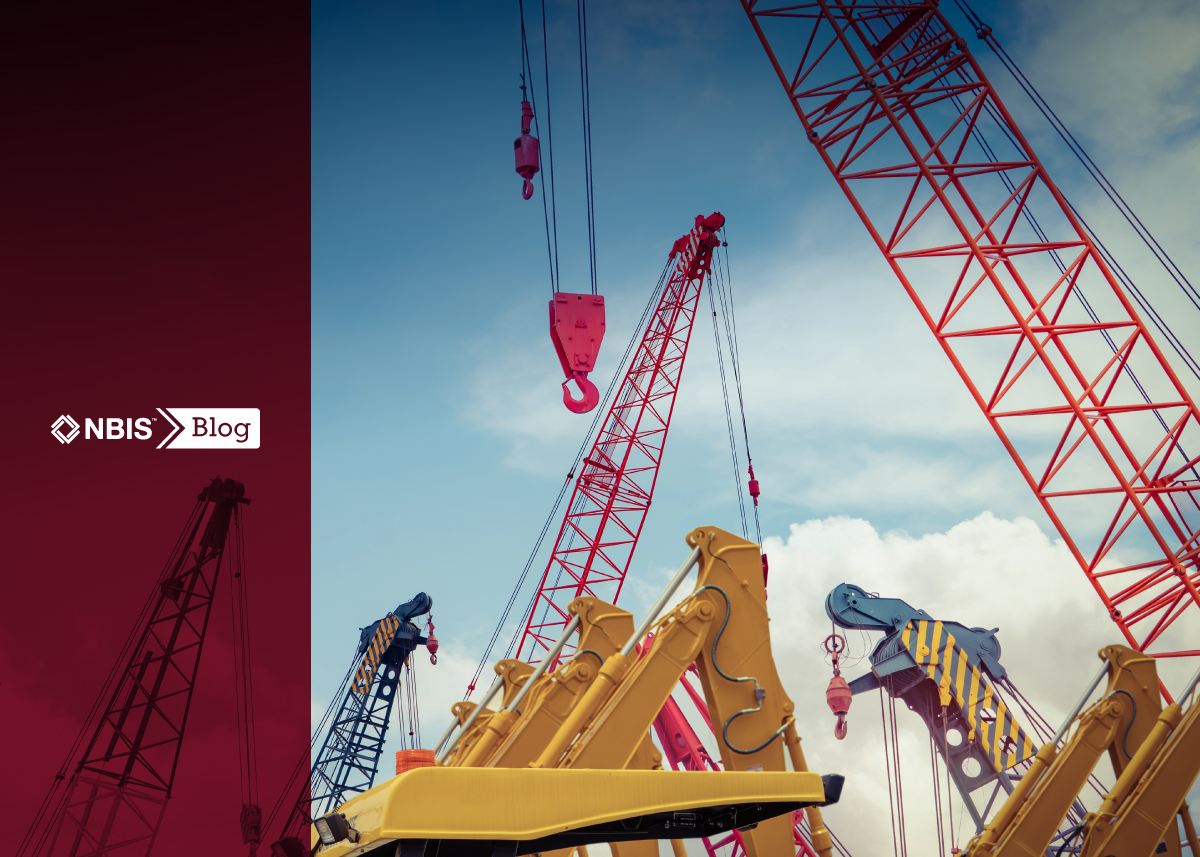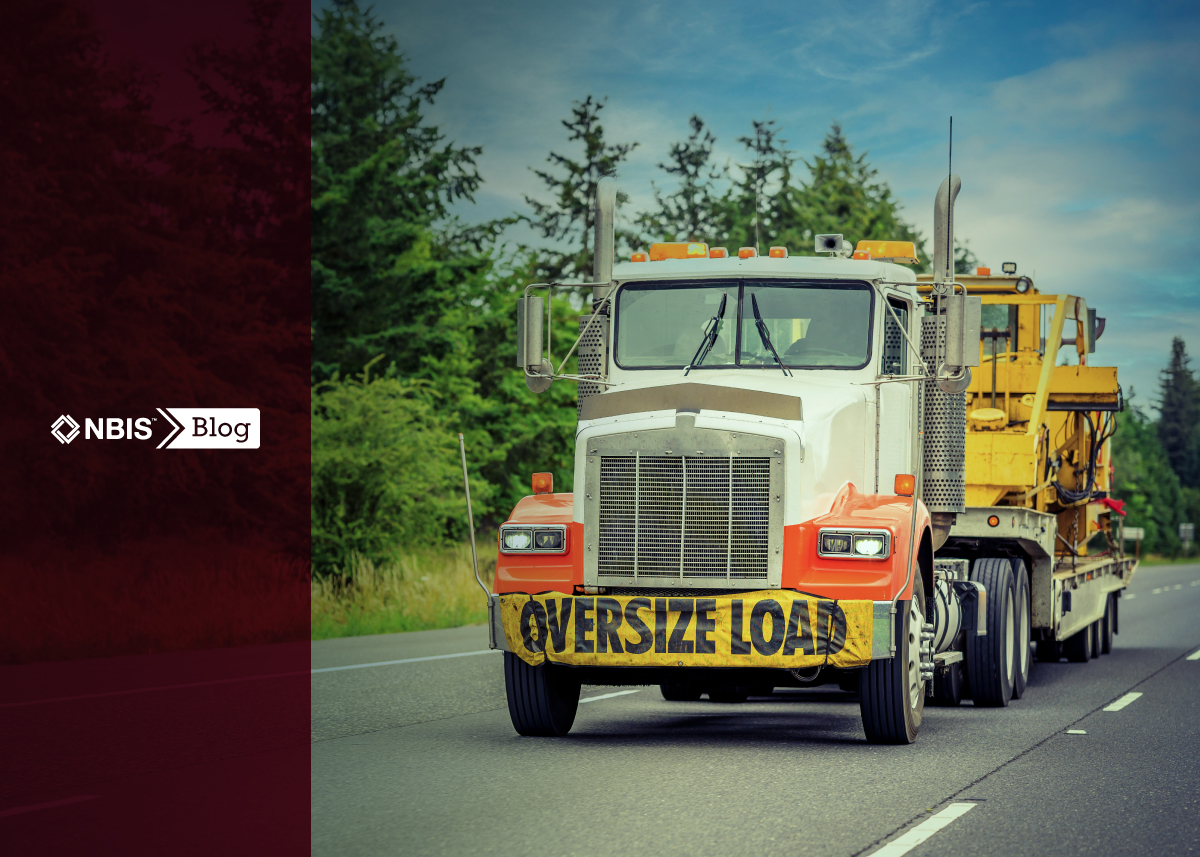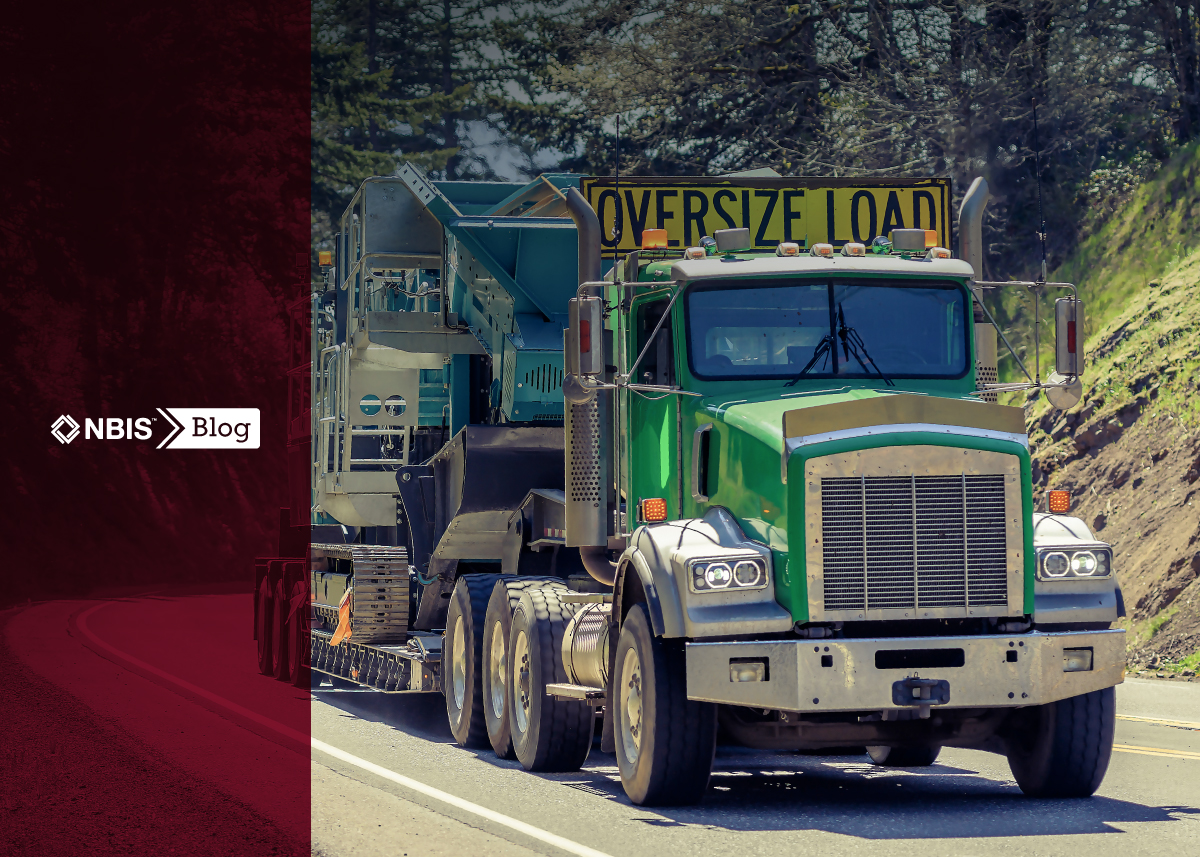While the $550 billion in new spending that the Infrastructure Investment and Jobs Act (IIJA) directs toward traditional and next-generation infrastructure represents one of the most prodigious infrastructure investments in U.S. history, the landscape for civil work looks challenging in many ways. A volatile economy, battered supply chains, and high demand for labor will all make it difficult for contractors to meet demand.
That said, in a little more than a year since passage in November 2021, dispersal of federal grants to the state level is on schedule, with investments translating into progress on projects and even contract wins for engineering and construction firms. And although IIJA funding is already having an impact, many firms contend that the projects announced in 2022 are only a fraction of what is to come. Over five years, the IIJA will ultimately inject an infusion of $1.2 trillion in funding to a variety of construction sectors—enhancing infrastructure work ranging from bridges to broadband, and industries focused on American-made and low-carbon materials.
But again, the process won’t be free of challenges, some of which are already beginning to emerge. And once-in-a-lifetime opportunities notwithstanding, long-term success for the IIJA will require patience and planning on both the macro and micro levels.
Numbers Needed
From the get-go, the construction industry is facing material challenges that reach far and wide, disrupting pricing accordingly. Additionally, supply chain disruptions have inflated the cost of construction materials and made project delivery schedules and product availability more uncertain.
Moreover, there’s a lack of subcontractor capacity. While large contractors will likely be able to adapt as needed to win new federal jobs, the challenge will be for the primes to find enough subcontractors to staff them.
As Jack Callahan, CPA with tax and advisory firm CohnReznick, recently pointed out in a piece for Construction Dive, “You’ve got a very large diversity, equity, and inclusion requirement built into these contracts. When you look at billion-dollar programs, and you look at twenty percent participation goals in there—where do you find that many contractors with that much capacity to perform in what many cases are going to be highly complex, heavy civil infrastructure jobs?”
Level Up
And then there’s the ever-looming worker shortage. State and local governments—often the primary recipients of Federal infrastructure investments—are facing historic shortages of workers with expertise in important areas, such as auditing, procurement, and acquisitions. While it wasn’t necessarily “news” at the time, a report issued by the National Infrastructure Advisory Council in 2021 acknowledged that the U.S. was “ill-equipped” to ensure a skilled workforce for its critical infrastructure—and that perhaps remains even more true today, given the magnitude of the IIJA, and its requirements.
Current IIJA goals alone over the next year for the USDOT include: improving some 65,000 miles of roads and 1,500 bridges; investing in over 600 airport infrastructure projects; investing in an estimated 15,000 new buses, ferries, and subway cars; investing in 75 new, made-in-America locomotives and at least 73 made-in-America intercity trainsets; and building 500,000 EV charging stations (in the next five years).
But to achieve these goals, the DOT will need to both acquire and maintain sufficient staff and contractors with the required knowledge, skills, and abilities to achieve them.
As for inflation, while prices for some key construction inputs have leveled off, prices elsewhere remain either elevated or volatile. And difficulty predicting prices means it’s harder to plan projects, and/or assess or assign risk.
Lastly, tech will continue to play a role in the success or breakdown of the IIJA. Since the IIJA is being carried out in part by state agencies, it will likely draw contractors who have not worked on federal jobs before and are not familiar with their unique stipulations, such as security clearance and cybersecurity requirements. That means these companies will need to get educated on federal compliance, and quickly. If there ever was a time for both construction and transport to adopt technology—that time is now.
Conversely, now is also certainly the time for companies to take every advantage of the moment, and either level up, or if nothing else, lean in to the opportunities available within the IIJA—even as the challenges persist. At the end of the day, it’s an opportunity to both advance the future of the country, and likely your own growth, all the same.







